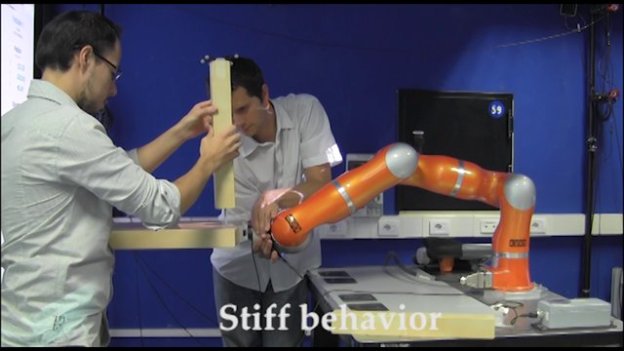
There’s a love-hate relationship we all have with IKEA. For the cost of an affordable, decent-looking Swedish furniture, you understand that you have to put in the work to assemble the full set. But beyond that basic idea, IKEA can also make or break friendships. Seriously, ask a best friend to come help you build an IKEA bed and see if you still want to grab happy hour drinks without blaming each other for misplacing that last bolt and barrel.
Thankfully, there’s someone out there attempting to fix this seemingly minor problem. Instead of enlisting the help of someone you actually care about, you could use this furniture assembly robot assistant. Designed by Leonel Rozo, Sylvain Calinon, and Darwin Caldwell of the Italian Institute of Technology’s Department of Advanced Robotics, the robot uses force sensor and a vision tracking system to help hold furniture pieces while human users attach various parts. The users can teach the robot how to collaborate with the builders, letting it automatically determine when to hold pieces stiffly as users are screwing in parts or when to relax and allow the user to move pieces around.
In the sample video, two users attempt to build an IKEA side table. With this “kinesthetic teaching” method, they are able to demonstrate to the robot that the table has four legs, and the robot will need to hold still while each leg is being attached, or flex when the user is trying to flip the board over. “This behavior is not pre-programmed, but is instead learn by the robot by extracting the regularities of the task from multiple demonstrations,” the team writes. In the case of a small side table, the robot helps a little – but we can see major uses when building larger furniture like bedframes and entertainment centers that require additional man power.
Still, the project seems rather infant, and the robot would definitely be more useful if it had slots to hold various nuts and bolts. But if we’re looking at a future where robots can help us assembly IKEA pieces without blood, sweat, and tears at the end of the day, we’ll take that bet. Oh, can it also bring us some saucy Swedish meatballs?


